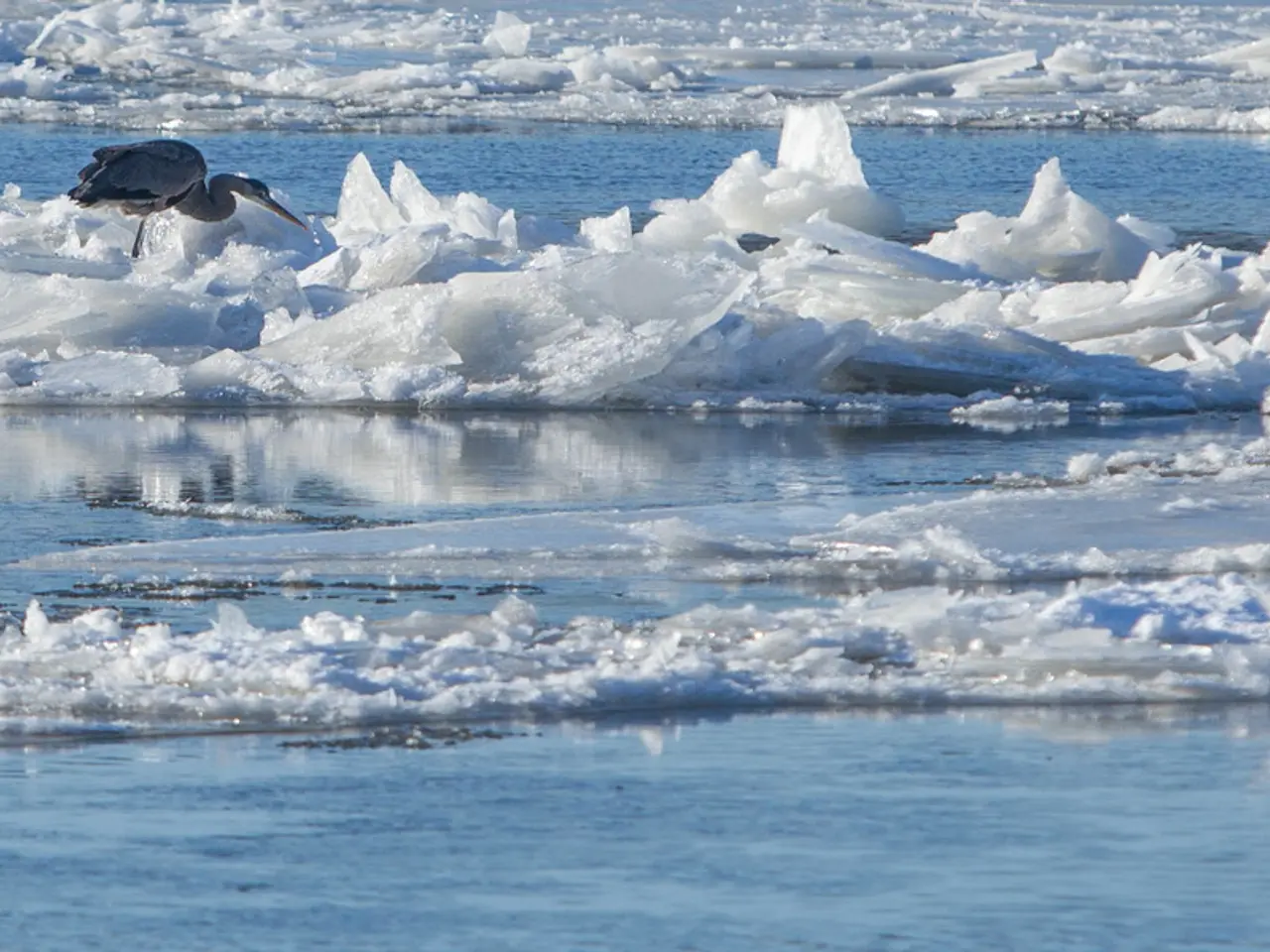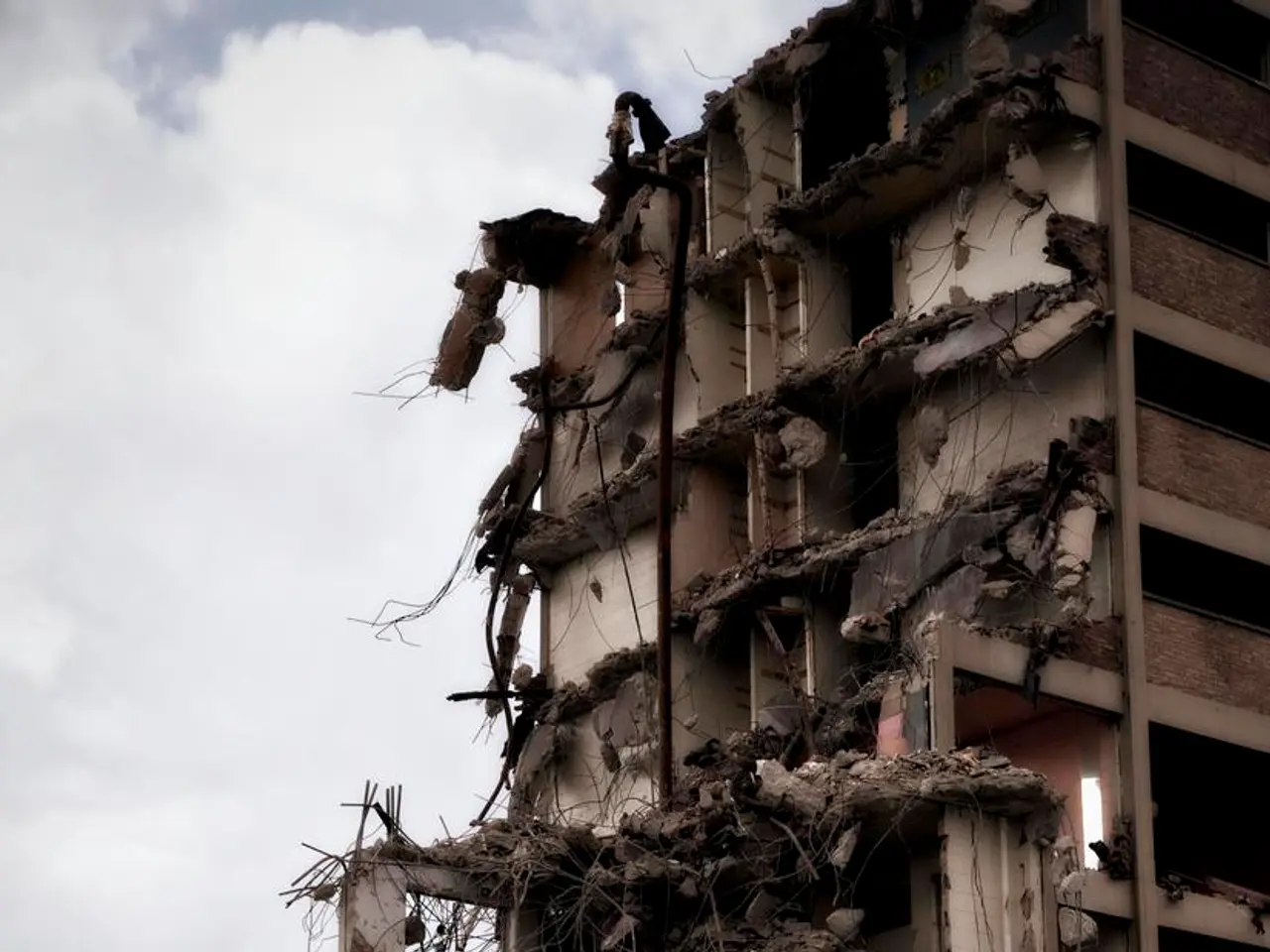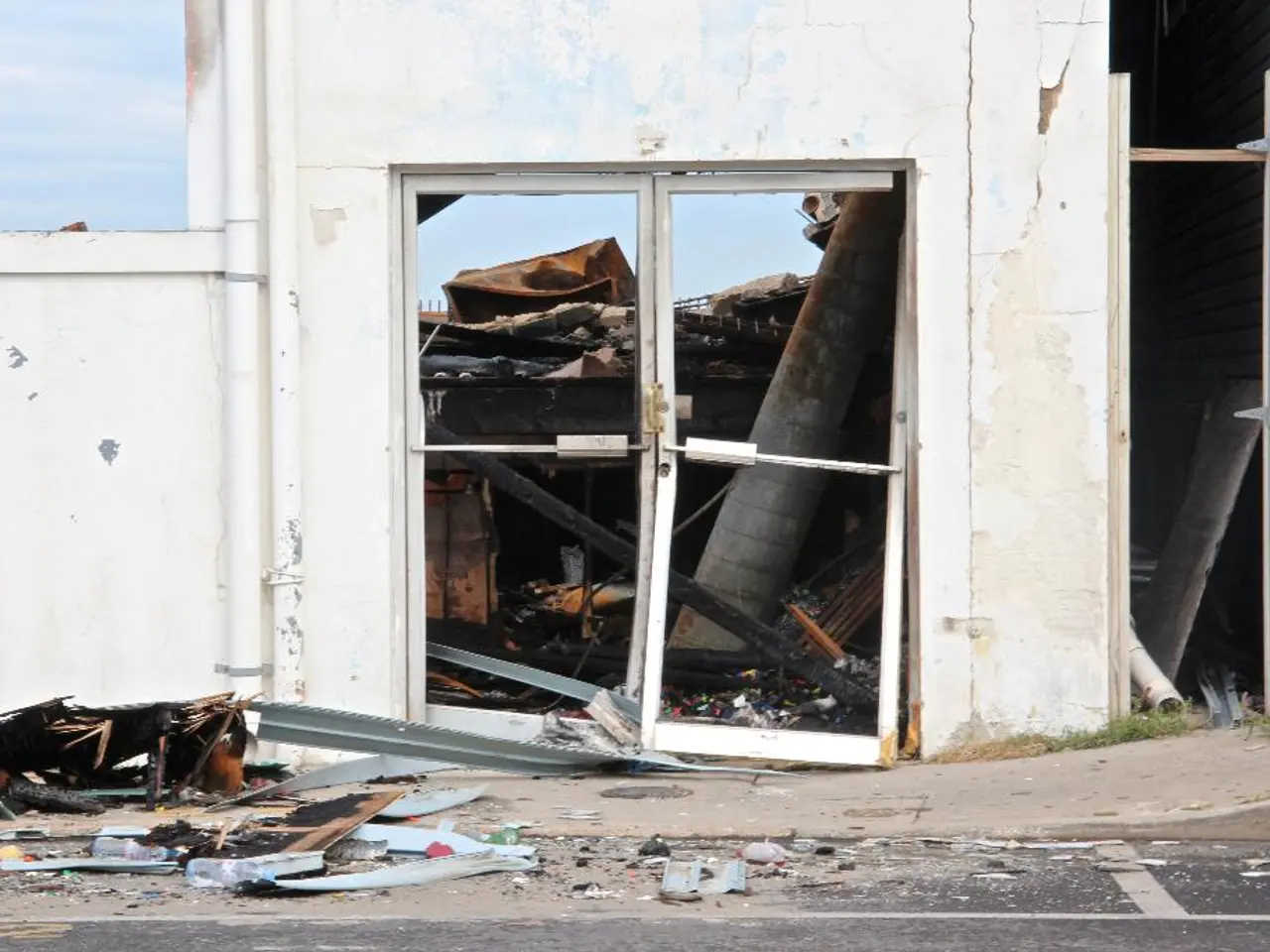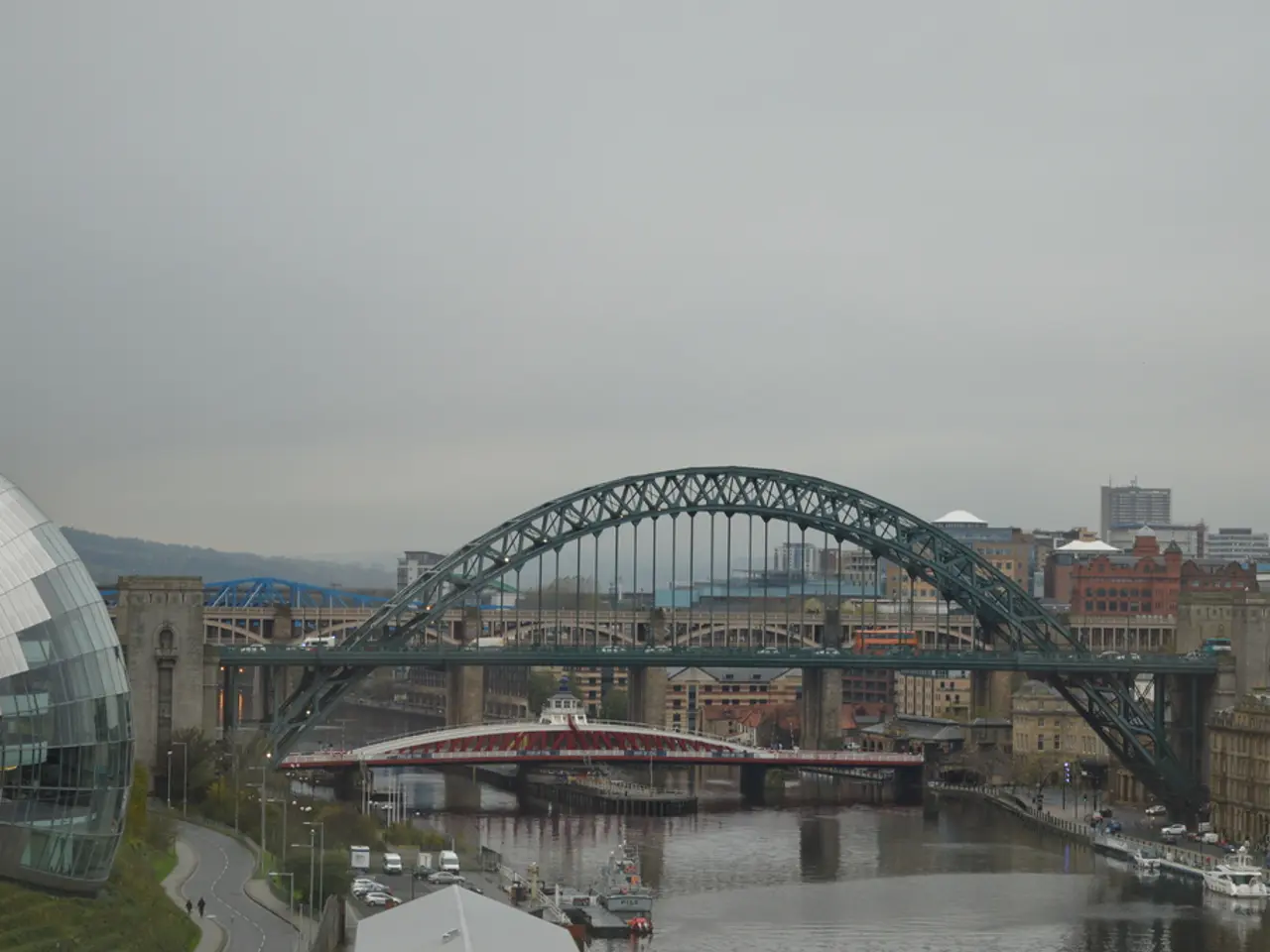Dangerous Ice Caverns Unveiled: Potentially Fatal Depths Hidden Beneath Frozen Surfaces
Ice on Dams: A Potential Danger in Bergisches Land
The Wupper Association is urging the public to exercise caution and responsibility around dams in Bergisches Land, as ice surfaces on these structures pose a higher risk of breaking or failure compared to natural lakes with constant water levels.
Ice formation on dams can be particularly hazardous due to several factors. Dams, especially those formed by glaciers or constructed reservoirs, are subject to variable water pressures, thermal stresses, and structural vulnerabilities that natural lakes do not experience as intensely.
This higher risk arises primarily because dams—especially those formed by glaciers or constructed reservoirs—are subject to variable water pressures, thermal stresses, and structural vulnerabilities that natural lakes do not experience as intensely.
When the water level in a dam fluctuates, it can create cavities between the ice and water as the water level drops. These cavities can weaken the ice, making it more susceptible to breaking. Additionally, the ice dams formed by solid glacier ice or loose debris are at high risk due to warming and mechanical weakening, causing sudden, unpredictable failures—conditions less common in stable natural lake ice.
Engineered dams also have massive concrete structures prone to cracking from shrinkage and thermal effects, and in cold climates, interactions between water, ice, and dam structure add complexity to stability management.
The Wupper Association is taking steps to ensure safety on the dams. Employees conduct on-site awareness-raising work during regular control tours on the dams. Warning signs with pictograms are posted on the dam shores to warn of the ice surface breaking danger. The Association is also urging the population to exercise responsibility, especially when it comes to speaking to children about this danger.
The public is advised to observe the warning signs at all times, regardless of the size or thickness of the ice layer on the dams. Entry onto ice surfaces on dams is strictly prohibited and life-threatening for humans and animals.
Currently, ice surfaces can be observed in peripheral areas of some dams in Bergisches Land due to the cold temperatures. The Association advises the public to stay clear of these areas for their safety.
[1] National Snow and Ice Data Center (NSIDC). (2021). Glacial Lakes and Glacier Outburst Floods. Retrieved from https://nsidc.org/cryosphere/glaciers/glacial-lakes-outburst-floods.html
[2] United States Geological Survey (USGS). (2021). Glacial Lakes and Glacier Outburst Floods. Retrieved from https://water.usgs.gov/osw/glacial-lakes/
[4] United States Army Corps of Engineers (USACE). (2021). Ice Jam Flooding. Retrieved from https://www.usace.army.mil/Missions/CivilWorks/Ice-Jam-Flooding/
[5] European Union, European Environment Agency (EEA). (2021). Glaciers and climate change. Retrieved from https://www.eea.europa.eu/themes/water/fresh-water/glaciers
- The higher risk of ice on dams compared to natural lakes in Bergisches Land can be attributed to the structural vulnerabilities and thermal stresses they face, as well as the significant fluctuations in water pressure, similar to the conditions discussed by the National Snow and Ice Data Center and the United States Geological Survey.
- The environmental science of glaciers and glacial lakes, as outlined by organizations like the European Environment Agency, highlights the unpredictable failures and sudden weakening of ice dams, especially those formed by glacier ice or loose debris, which are equivalent to the dangerous ice surfaces on dams in Bergisches Land, as stated by the Wupper Association.








